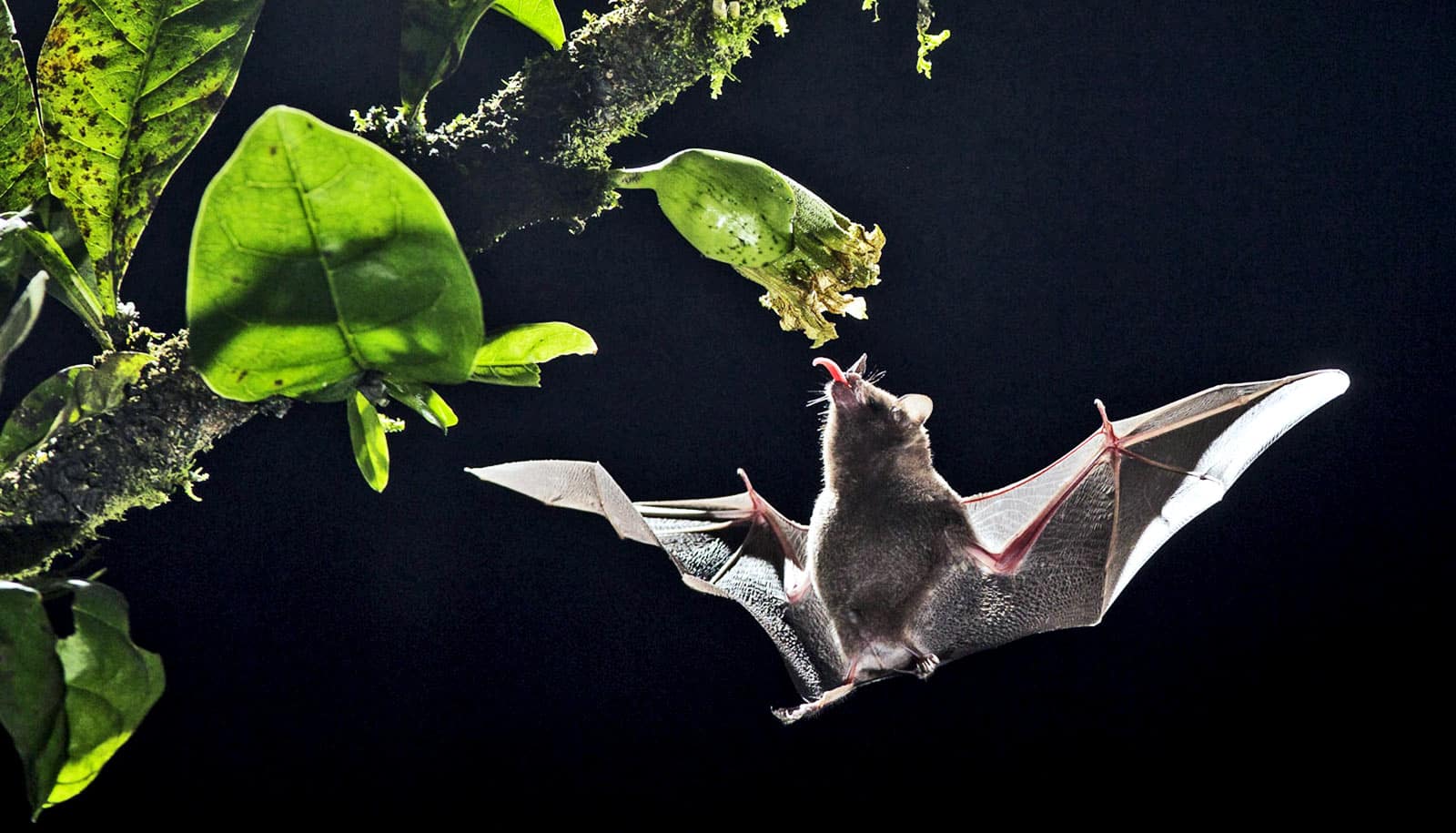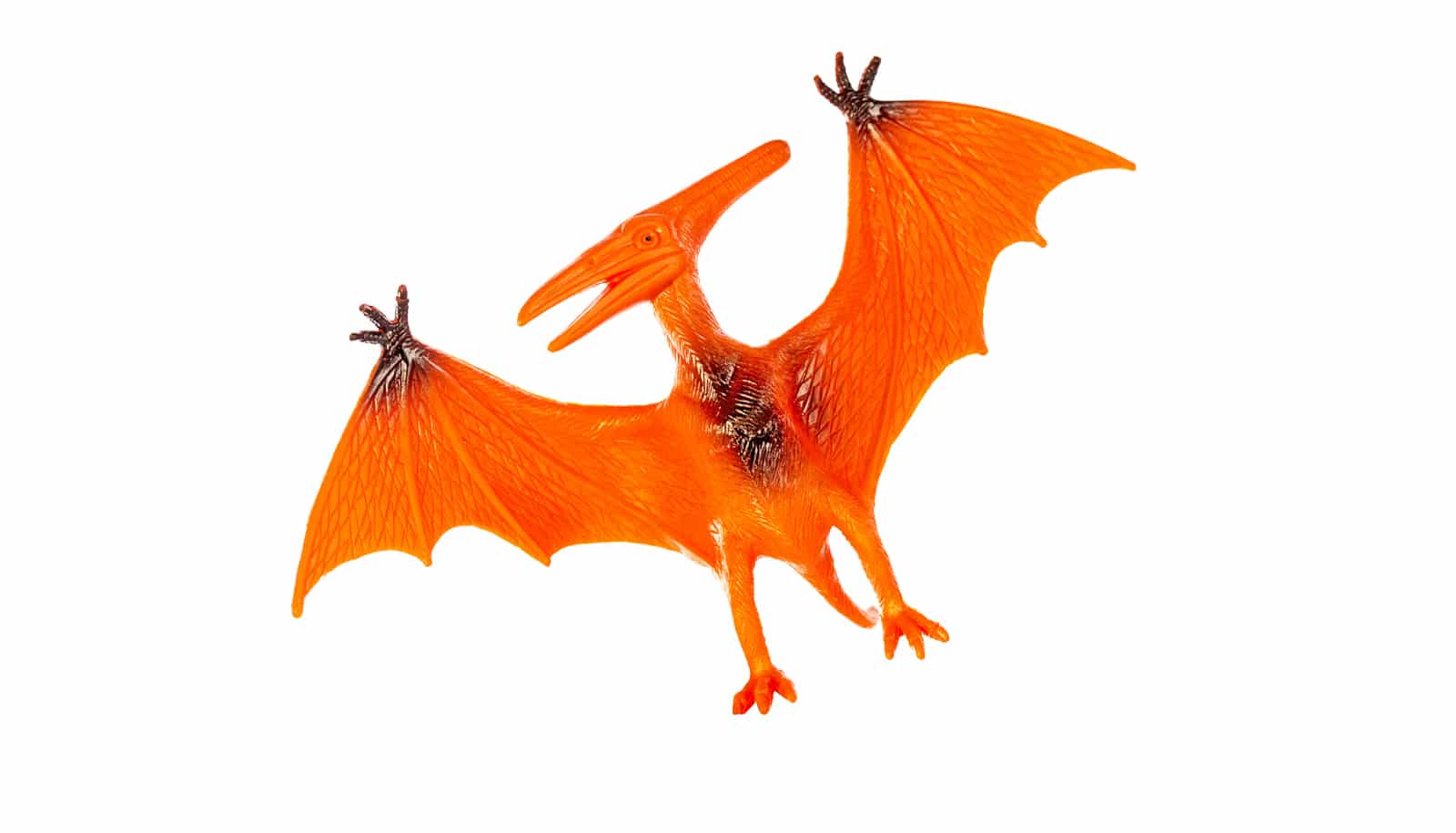Mathematicians have determined the ideal wing shape for fast-flapping flight.
The discovery that offers promise for better methods for harvesting energy from water as well as for enhancing air speed.
The work, which appears in the journal Proceedings of the Royal Society A, relies on a technique that mimics evolutionary biology to ascertain which structure yields the best pace.
“We can simulate biological evolution in the lab by generating a population of wings of different shapes, have them compete to achieve some desired objective, in this case, speed, and then have the best wings ‘breed’ to make related shapes that do even better,” says senior author Leif Ristroph, an assistant professor at New York University’s Courant Institute of Mathematical Sciences.
https://giphy.com/gifs/9PgvV7RlgTg49FI6qS
The researchers conducted a series of experiments to make these determinations. They created 3D-printed wings that flap mechanically and race against one another, with the winners “breeding” via an evolutionary or genetic algorithm to create ever faster flyers.
In order to mimic this breeding process, the researchers began the experiment with 10 different wing shapes whose propulsion speeds they measured. The algorithm then selected pairs of the fastest wings (“parents”) and combined their attributes to create even-faster “daughters” that researchers then 3D-printed and tested. They repeated this process to create 15 generations of wings, with each generation yielding offspring faster than the previous one.
“…this could be used, for example, to optimize the shape of a structure for harvesting the energy in water waves.”
“This ‘survival of the fastest’ process automatically discovers a quickest teardrop-shaped wing that most effectively manipulates the flows to generate thrust,” explains Ristroph.
“Further, because we explored a large variety of shapes in our study, we were also able to identify exactly what aspects of the shape were most responsible for the strong performance of the fastest wings.”
Their results showed that the fastest wing shape has a razor-thin trailing edge, which helps to generate strong vortices or swirling flows during flapping. The wing leaves a trail of these eddies as it pushes off the fluid to propel forward.
“We view the work as a case study and proof-of-concept for a much broader class of complex engineering problems, especially those that involve objects in flows, such as streamlining the shape to minimize drag on a structure,” says Ristroph. “We think this could be used, for example, to optimize the shape of a structure for harvesting the energy in water waves.”
Additional coauthors originally from New York University are currently at École Polytechnique in Paris and Johns Hopkins University.
Source: New York University



